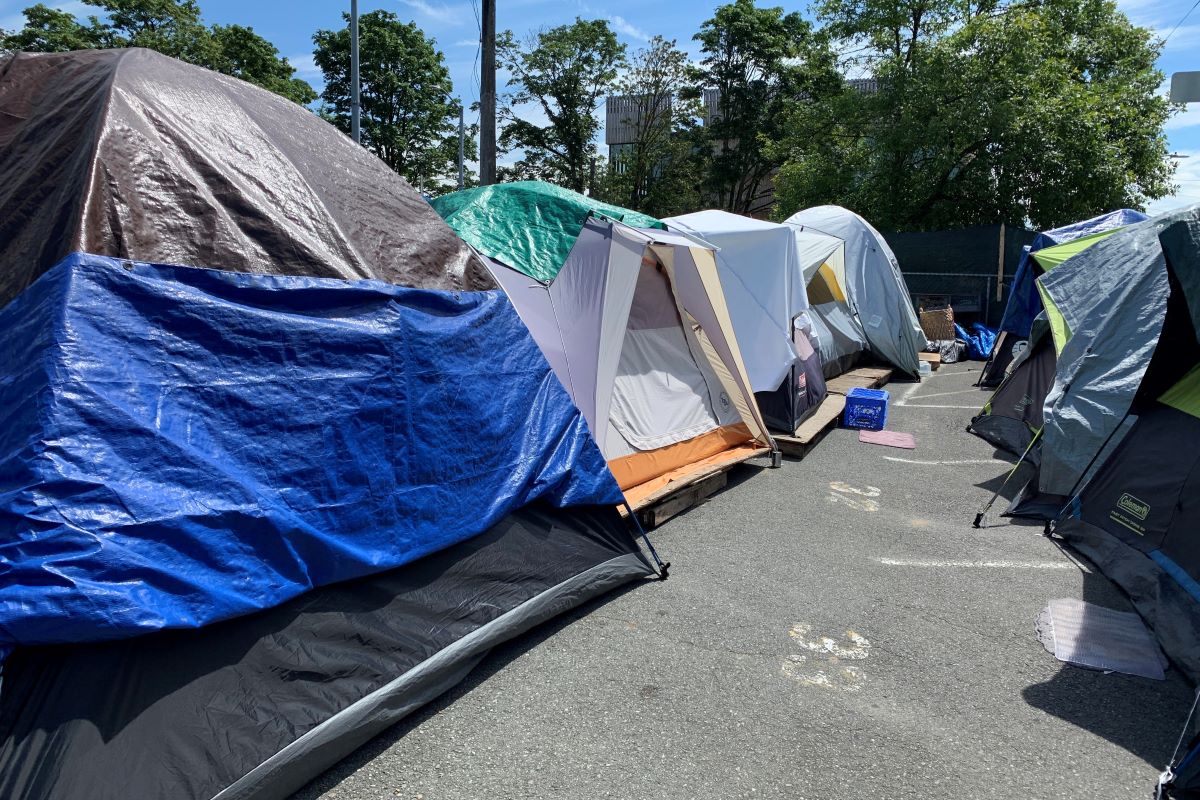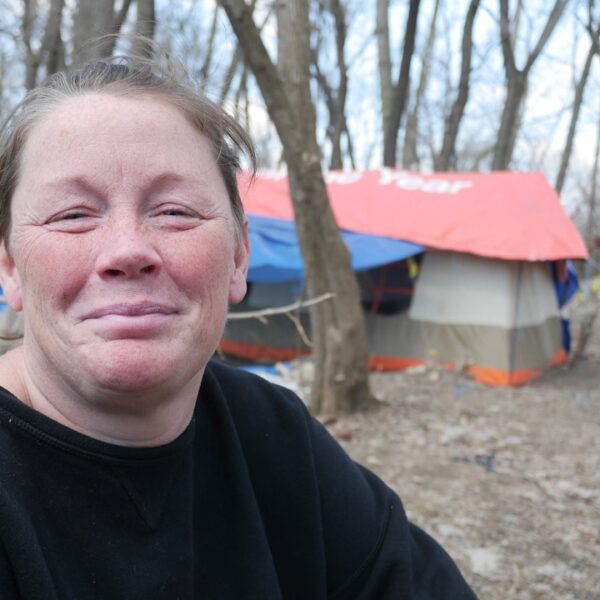We Need Adequate Affordable Housing as it is a Human Right
The push to establish codes of conduct or rules in homeless encampments has gained some traction in recent years as stakeholders in urban areas attempt to provide stability in these sub-communities.
Some cities in California are “beta testing” sets of laws or ordinances. Safe Organized Spaces Richmond (SOS Richmond), in Richmond, California, is a group that is organizing homeless encampments through the implementation of community codified regulations.
The group provides basic amenities and resources “to the encampment environment so that we can increase the organization, a culture of cooperation, a predictability,” said Daniel Barth, founder of SOS Richmond.
Initially, they provide basic amenities such as toilets, water, showers, and sanitation. They then focus on organization, safety, predictability, a cooperative mindset, and partnership with the external community, Barth said.
Trash removal is also paramount. SOS Richmond employs homeless people to dispose of the waste from the encampment area. They’re paid a wage and receive benefits. As other amenities become available, unsheltered workers will undertake those operations, too. Barth said the provision of the basic amenities fosters a spirit of cooperation among the folks in the encampment.
“Because now people are working together, folks are employed. Now you can stipend other leaders who are volunteers, and they can hopefully become employees and this now becomes an empowerment project instead of an encampment,” Barth said.
SOS agreements can pertain to village operations and community-integration, such as weekly dinner meetings and stewardship hours for the village or neighborhood and be site-specific, said Amy Farah Weiss. Weiss is the founder and director of Saint Francis Homelessness Challenge (SFHC), a San Francisco-based organization that furnishes sanitation, trash removal, and mobile sleeping cabins to encampments along with designing and piloting Safe Organized Spaces (SOS) in California.
But what are the implications of developing structure in these spaces?
Is it to create an atmosphere of permanent residency? To offer a safe and secure place while people temporarily shelter there? Or is it a way to ensure a positive and healthy outcome for any group of people living there at any given time?
There are differing opinions about SOS encampments/villages.
“I didn’t really think the whole idea of sanctions, organized encampments is a bad idea,” Sharon Chamard told Invisible People.
Chamard is an associate professor at the University of Alaska Anchorage Justice Center. “Obviously, permanent housing is ideal, that’s what we should want, I hope, for everybody…it doesn’t mean everybody is going to get a two-bedroom apartment.”
Donald Whitehead, executive director of the National Coalition for the Homeless, disagrees.
Organized encampments supply cities with an excuse not to develop sufficient housing for the homeless population, he said.
“Shelters themselves are not the solution to homelessness,” Whitehead told Invisible People. “The solution is adequate, affordable housing and housing should be a human right in the United States. And camps are not adequate places for people to have to live in the richest country in the history of the world.”
Michael Durham, the community engagement manager at the National Health Care for the Homeless Council, concurs. He sees money spent on shelters or encampments as a tragedy
“In a sense, every dollar we put into interim options like shelters or organized encampments is a dollar that could have been spent on permanent housing,” he wrote in an email sent to Invisible People.
However, Durham understands the need that structured encampments meet. He said homeless people are quickly outpacing the housing available. People also deserve health care, food, substance-use treatment, hygiene services, and community.
“And as long as there are people sleeping outside, specifically, there are distinct advantages to encampments that are organized or sanctioned,” Durham said.
It’s a human right to have a safe place to sleep, store belongings, and access hygiene facilities, Chamard said. If those needs can’t be facilitated through a permanently built structure, perhaps the next best solution is a sanctioned encampment. But she doesn’t seem wholly sold on it.
“When we accept that, that’s basically saying that we’ve given up,” Chamard said. “We as a society have given up. We’re not willing to do what is needed, and that is politically difficult. We’re going to try to do what we can to keep people from dying, but it’s an inadequate response, in my opinion.”
Most agree that safe spaces or encampments aren’t one-dimensional when it comes to their establishment and the decision-making process.
Usually, there is more than one stakeholder. The SFHC model uses a three-stakeholder approach. It’s equally composed of encampment residents, local businesses/neighbors, and service providers.
Chamard said multi-stakeholder input is crucial in quelling perceptions of imposition.
“To me, one of the key things, if anyone plans to establish an encampment, a sanctioned, structure encampment, is early and frequent dialogue with local stakeholders,” Chamard said. “They’re involved in planning it, so they feel ownership over it. They don’t feel like it’s being forced upon them in their neighborhood.”
Ultimately, the end game is getting homeless people into housing, Barth said. But the lack of affordable housing throughout the country is a mammoth obstacle to overcome – and homelessness is immediate.
“Encampments are not permanent,” he said. “We can’t think about what’s permanent and what’s ‘the’ solution. We deal with what’s in front of us and make an unmanageable problem manageable one neighborhood at a time. One encampment at a time. One person at a time.”













